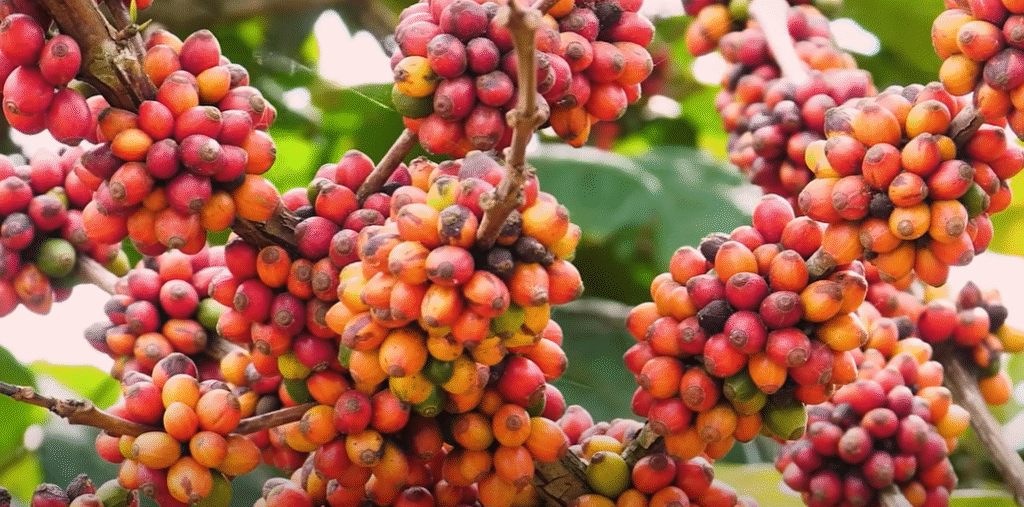| Fact | Information |
|---|---|
| Compound | Mitragynine |
| Source | Leaves of Mitragyna speciosa (Kratom tree) |
| Native Region | Southeast Asia (Thailand, Malaysia, Indonesia, Borneo) |
| Mechanism | Partial μ-opioid receptor agonist |
| Common Uses | Pain relief, energy boost, euphoria, opioid withdrawal substitute |
| Toxic Dose | No universally accepted threshold; fatal levels range from 250–1060 ng/mL |
| Administration | Oral (tea, capsules, powder), smoked, chewed |
| Legal Status | Banned in several countries; under review in U.S. and Canada |
| Risk Factors | CYP450 drug interaction, respiratory depression, liver toxicity |
| Reference Link | NIH Case Study |

Mitragynine has moved from curiosity to crisis in a number of recent cases. In one case, forensic toxicologists were shocked when a middle-aged woman’s postmortem blood revealed 2500 ng/mL, more than twice the previous recorded peaks. She bought a “methadone-like” powder online, according to sources, which shows how unregulated sales channels are causing acute toxicity.
Although mitragynine suppresses breathing remarkably similarly to opioids, users frequently start with low doses in the hopes of experiencing an energy boost. It functions as a stimulant at low doses, but if taken in excess, it can become a sedative. This unpredictable effect has been fatal, especially when combined with other depressants like oxycodone or benzodiazepines. Without a proven counteragent, emergency personnel now have to deal with the problem of overdoses.
The compound’s unrestricted entry into popular culture is what makes it so intriguing. Influencers and enthusiasts presented kratom as a “clean” way to achieve euphoria, avoiding the stigma associated with Western pharmaceuticals. They have called it a “plant-based miracle,” but recent incidents show that safety isn’t always guaranteed. Although few warned that the lack of quality standards leaves users susceptible to overdoses, mitragynine’s association with withdrawal support in opioid recovery was not just hype.
Although Southeast Asian traditional communities have been using kratom for many generations, their harm profiles are still quite low. In those situations, users usually abide by ethnobotanical customs and tribal rules, which has prevented serious side effects. However, users frequently self-dose here while navigating an online marketplace with a wide variety of erratic powders and extracts. This discrepancy is now revealing an expanding oversight gap in public health.
The main risk of mitragynine, according to toxicologists, is not always overdosing but rather the cumulative interaction with other drugs. One well-known death involved a man who had therapeutic doses of oxycodone and lorazepam in his system; neither drug was lethal on its own, but when combined with mitragynine, it became so. As a result of this collaboration, Health Canada removed kratom products from sale, and several states in the US now list mitragynine as a chemical of concern.
According to anecdotal evidence, users frequently report gradually needing more kratom to get the same effect—symptoms similar to those of benzodiazepines and opioids. Consumption rises as tolerance increases. Online forum anecdotes describe users transitioning from a morning cup of tea to several capsules by evening—a risky progression.
Naloxone, which blocks opioid receptors to reverse the effects of mitragynine in mice, is being considered by researchers looking into antidote alternatives. Although it has not been clinically verified, that suggests potential for human use, particularly in overdose hotspots. Scholars are racing to define safe thresholds, but funding shortages and dispersed regulatory focus are impeding their progress.
Commercial and celebrity-driven wellness brands are now faced with a choice: accept regulation by putting in place lab testing, dosage guidelines, and consumer education, or reject growing evidence and hope that stories remain uncommon. In other supplements, such as CBD, where third-party verification and dosage transparency have increased user trust, the latter approach has already proven to be remarkably successful. A strategy like this could drastically lower toxic incidents.
The ambiguity of kratom use is a challenge for courts, employers, and insurers as policies change. Does a worker’s elevated mitragynine in a drug test raise a safety concern, or is it a matter of personal wellness? Legal issues are equally delicate: who is at fault if someone uses kratom while driving and causes an accident, given that dosages can change suddenly?
In my own experience, a former kratom user I talked to compared it to dancing on thin ice, saying that each dose felt therapeutic until tolerance started to develop. “I respected it, not feared it,” he said, “but then I realized I could no longer predict its edge.” Recent toxicology data confirms that fear, reminding me that a substance that is legal can suddenly behave like fentanyl when its purity or dosage changes.
A shift toward more stringent labeling, required testing, and access through authorized dispensaries may be required if current trends in the mitragynine debate continue. Case studies include nations with strict kratom laws, such as Belgium. It’s a cautious approach that strikes a balance between harm prevention and valid therapeutic need.
A regulated future is conceivable, optimistically. Knowledge gaps are being filled by science. There are already public campaigns that liken mitragynine to a swarm, which is unpredictable in large numbers. They deftly point out that a swarm necessitates respect and safety measures, whereas a single bee (or dose) may be innocuous.

